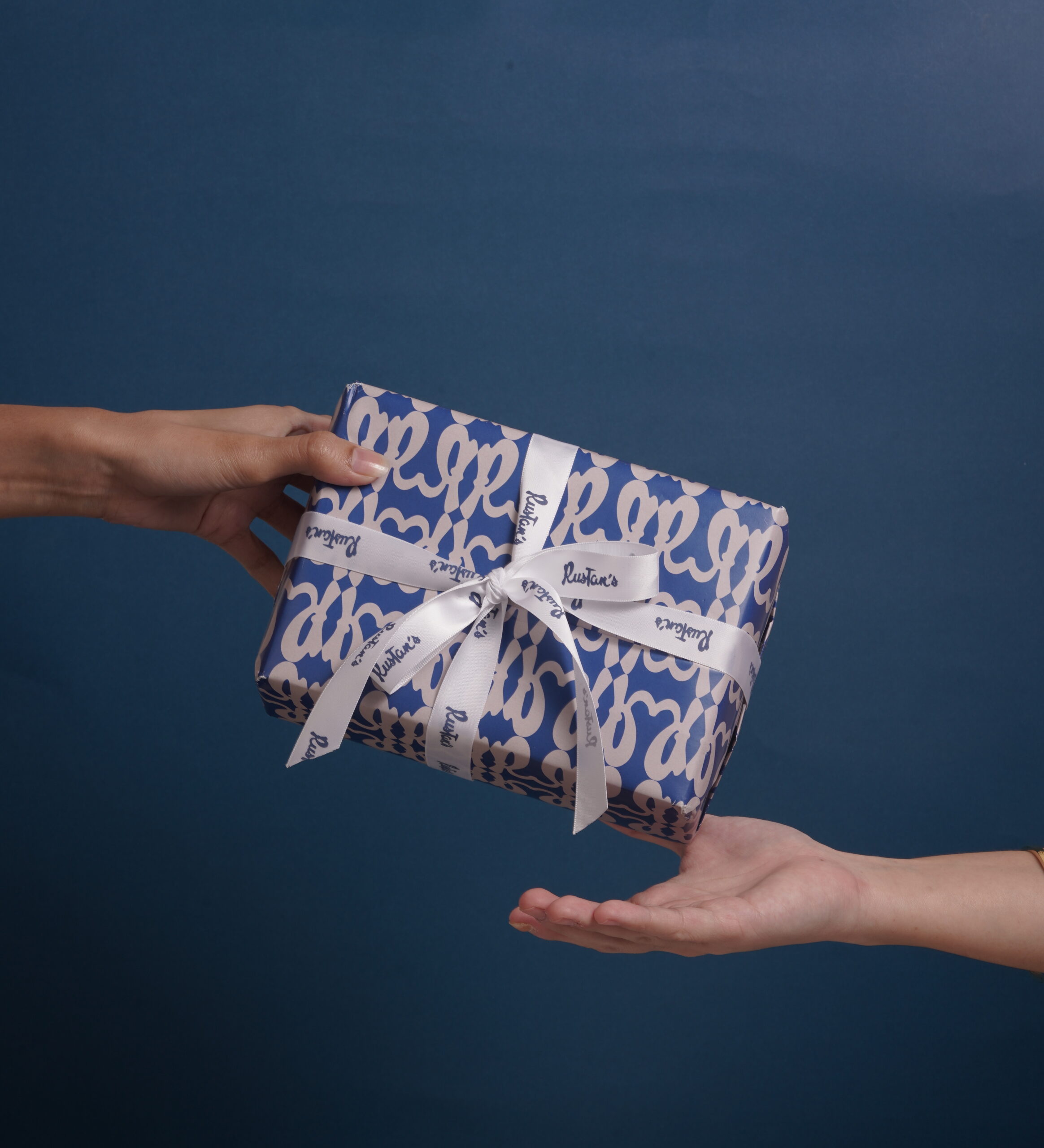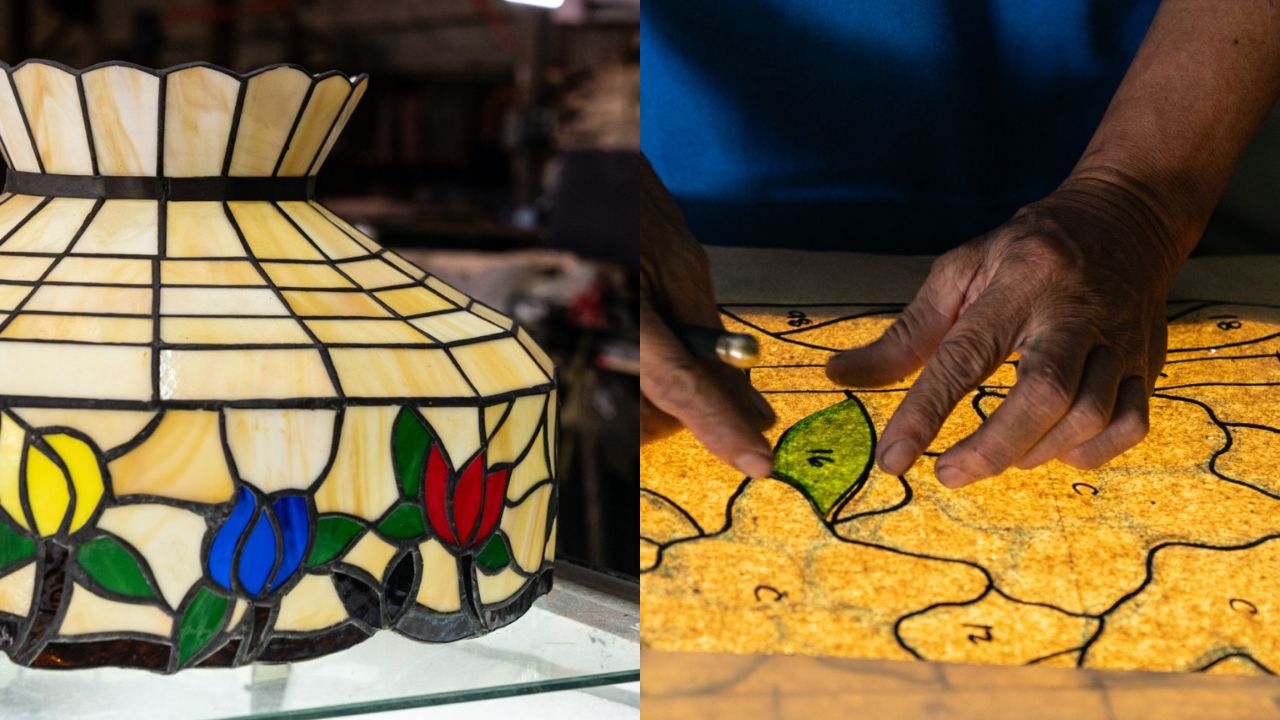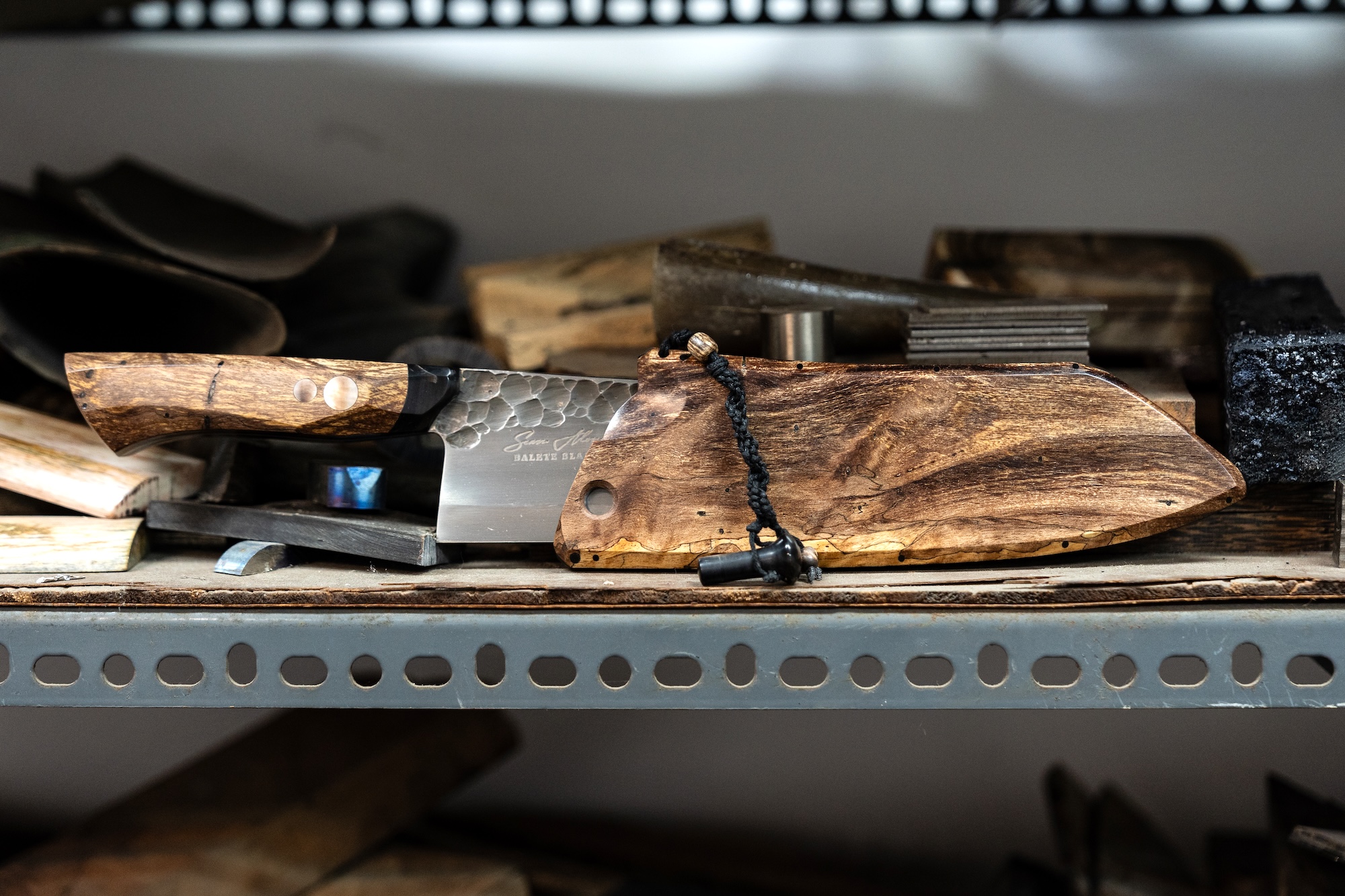You’ve probably heard them from an old aunt, yaya, or your grandmother back in the province. Whether you subscribe to superstition or not, these folk tales need to be taken with a heap of salt—as well as a modern science-based perspective in order to determine if they actually exist.
Myth: Paglilihi
What it is: Craving for certain types of food while pregnant directly relates to what your baby will look like.
Science says: While pregnancy cravings do exist, most probably due to the hormonal shifts in the body, an inexplicable taste for balut, for example, does not mean you’re going to end up with a kid with a full head of hair. Physical attributes are largely based on genetics after all.
Myth: Usog
What it is: Someone who carries the evil eye can curse a child with a simple greeting. To undo any hexes, the greeter needs to say “puwera usog,” then lick his finger and rub it on the baby’s abdomen or forehead.
Science says: There’s no scientific evidence to dispel this superstition. Think of this as a signal to be extra cautious— when your immune system is down, you can pick up a fever, a cold, a cough, or a virus from virtually anyone you come into contact with.
Myth: Hilot
What it is: The ancients used this method to heal all ailments through massage and chiropractic manipulation. It was also sometimes infused with herbal remedies brought by arbularyos (faith healers).
Science says: A deep tissue massage can bring much needed relaxation to stressed muscles, and today’s modern patient is often seen at the spa for a similar treatment, or even at the chiropractor to help reset joints and receive spinal realignment. These local practices aim to restore balance to the body through energetic healing that also goes beyond the physical. They offer a different approach towards the same end goal that more scientific methods aim to reach, too.
Myth: Pasma
What it is: When the muscles are rife with “hot” energy, it shouldn’t be brought down by anything too “cold” too quickly. This causes undue tremors or spasms to the body.
Science says: Hot and cold energies are vague and not easily taken to by the scientific community. Instead, they attribute the shakes that pasma is known for to possible nerve conditions or dysfunctions in the body.













































